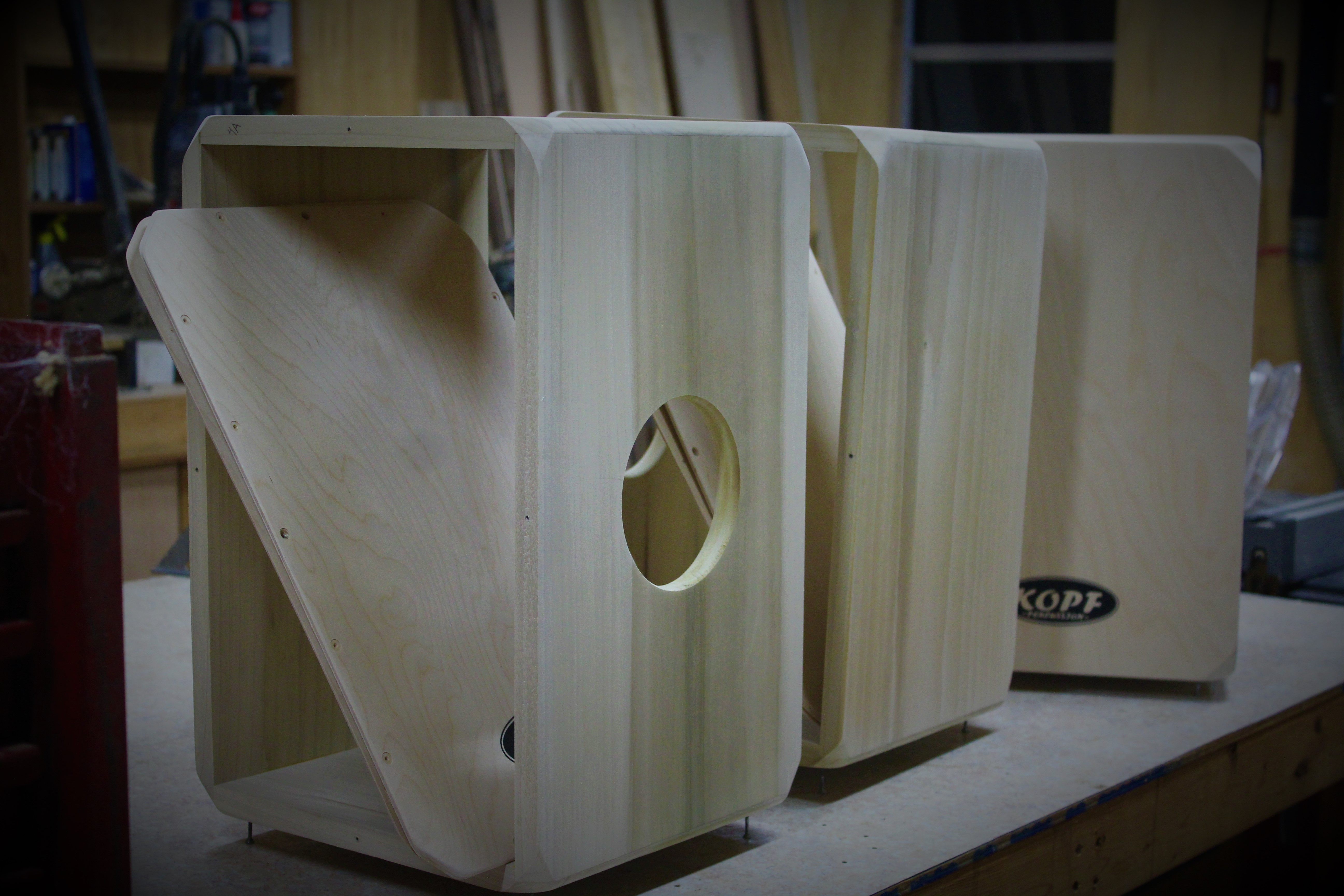Posted by Steve Head on 3rd Apr 2023
The Art of Building Hand Drums: My Personal Approach
As a percussionist and drum builder, I have always been fascinated by hand drums. There is something primal and powerful about the sound of a well-crafted hand drum that can connect people to their inner rhythm and move them to dance and celebrate. Over the years, I have honed my skills as a hand drum builder, and I would like to share my experience with you.
The first step in building a hand drum is selecting the right materials. The drum shell is usually made of wood, and the most common types of wood used are maple, birch, and mahogany. I prefer to use maple because it is a strong, durable wood that provides excellent sound quality and is easy to work with. The thickness of the shell can vary depending on the desired sound, but most hand drums have a shell thickness of ¼" to ½".

Once the shell is cut to size and sanded smooth, it's time to add the hardware. This includes the drumhead, tuning hardware, and lacing. The drumhead is usually made of animal skin, such as goat or cowhide, and it is essential to select a high-quality skin that will provide a clear, resonant sound. I prefer to use goat skin because it is strong and flexible, and it produces a warm, rich tone.
The tuning hardware consists of the lugs, tension rods, and washers, and it is essential to select high-quality hardware that will hold up over time. I prefer to use chrome-plated hardware because it is durable and corrosion-resistant. The lacing is used to attach the drumhead to the shell, and it is usually made of nylon or leather. I prefer to use leather lacing because it is strong and provides a traditional look and feel.
Once the hardware is installed, it's time to tune the drum. This involves tightening the tension rods evenly to stretch the drumhead over the shell and create an even tension. It's important to tune the drum carefully and evenly to avoid any uneven pressure on the drumhead, which can cause it to tear or stretch unevenly.
Finally, it's time to decorate the drum. This is where you can let your creativity shine and add your personal touch to the instrument. I like to use wood-burning techniques to create intricate designs on the shell, or I may add colorful paint or dye to create a unique look. It's important to remember that the decoration should not interfere with the sound quality of the drum, so be careful not to add too much weight or alter the shape of the shell.
Building hand drums like my Cuban Segundo Cajon is not just about creating an instrument; it's about connecting people to their inner rhythm and creating a sense of community. When I see people dancing and celebrating to the sound of my hand drums, it brings me a sense of joy and fulfillment that is hard to describe. Hand drums have been used in cultures around the world for thousands of years, and they continue to be a powerful symbol of unity and connection.
In conclusion, building hand drums is a challenging and rewarding experience that requires skill, patience, and creativity. By selecting high-quality materials, carefully installing the hardware, and tuning the drum with care, you can create an instrument that will provide a clear, resonant sound and bring joy to people for years to come. If you're interested in building hand drums, I encourage you to start small and practice your skills until you feel confident enough to take on more complex projects. With dedication and hard work, you can become a skilled hand drum builder and create instruments that will connect people to their inner rhythm and bring joy to the world.
Check out my blog post How I Choose The Right Tonewood


